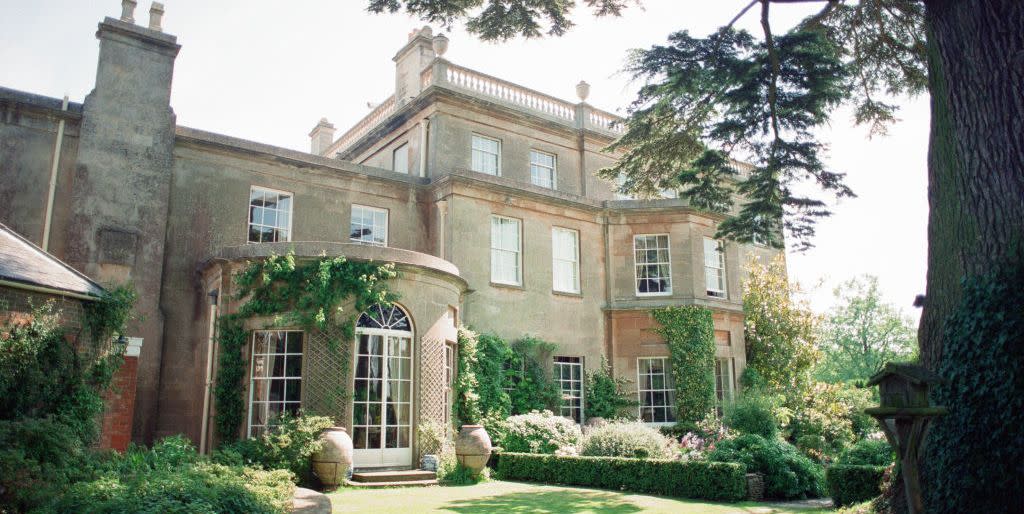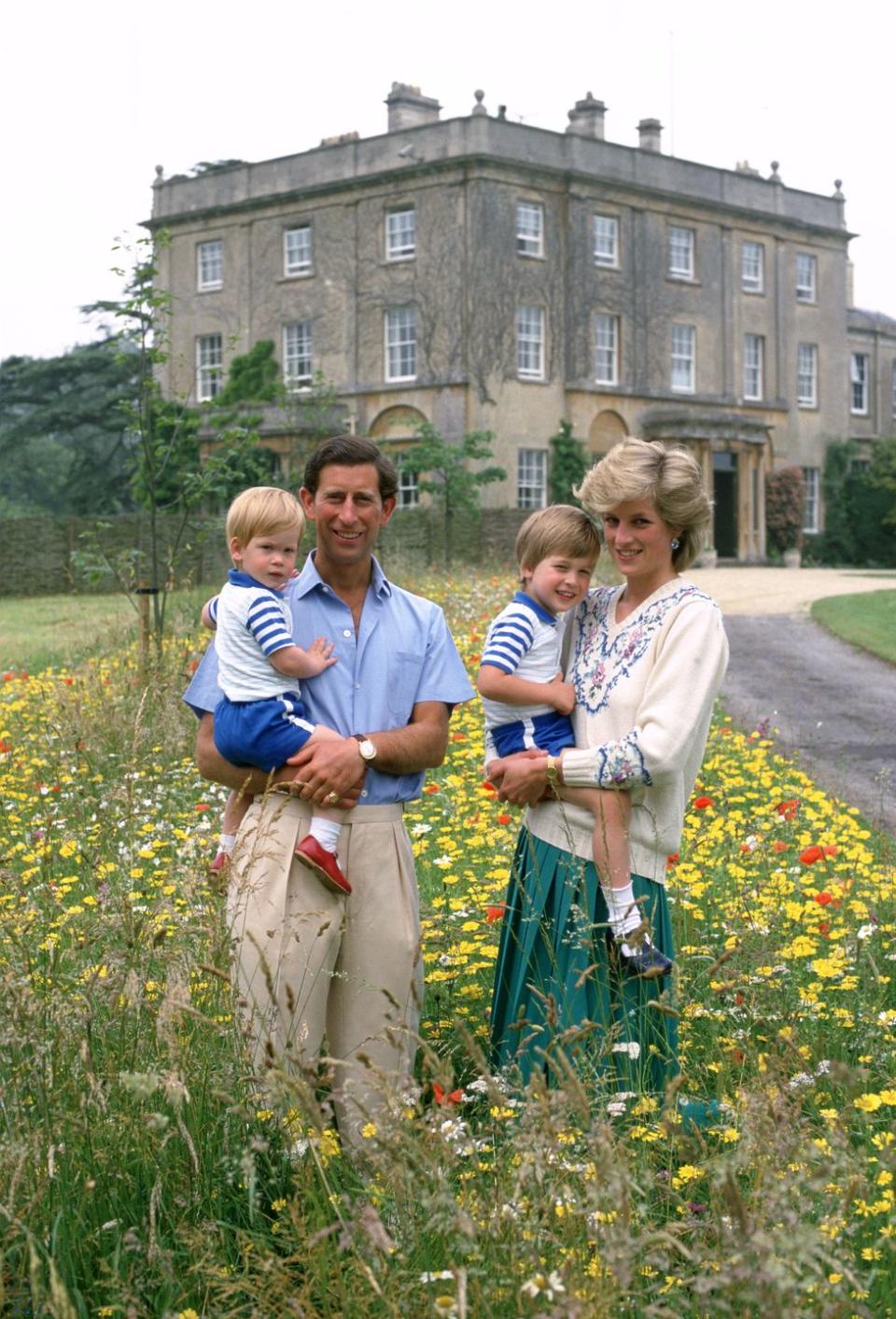Prince Charles & Princess Diana Moved Into Highgrove After Their 1981 Wedding

- Oops!Something went wrong.Please try again later.
- Oops!Something went wrong.Please try again later.
Prince Charles and Camilla, Duchess of Cornwall, have a number of properties throughout the United Kingdom. While Clarence House in London is perhaps the couple's most mentioned residence, there is also the Scottish estate of Birkhall, Llwynywermod in Wales, and the family home of Highgrove in Gloucestershire.
Here's everything you need to know about Prince Charles's home, Highgrove House.
Prince Charles has owned Highgrove for 40 years.
The Duchy of Cornwall purchased the estate of Highgrove, situated just outside of Tetbury in Gloucestershire, England, in 1980. As noted by House & Garden, the prince invested in the property "prior to his marriage to Princess Diana, he renovated the house, installed an organic farm in the grounds, and raised his sons there."
We're often asked about the whimsical & wonderful shapes of the topiary at Highgrove...
Years ago, these yew shrubs were dishevelled & unshaped, so The Prince tasked his gardeners with creating their own intriguing topiary designs. Which is your favourite? pic.twitter.com/RR0Y8azM92— Highgrove Gardens (@HighgroveGarden) November 8, 2017
The gardening aspect of Highgrove didn't come easily to the Prince of Wales at first. According to the prince's official website, Charles wrote in his book, Highgrove: Portrait of an Estate, "It was difficult to know where to begin and I knew nothing about the practical aspects of gardening." However, the gardens are now an immense success, and in 2019, the prince teamed up with designers Vin + Omi to help create "dresses made out of nettles from the prince's Highgrove Estate."
Prince Charles and Princess Diana made Highgrove their main residence.
The Prince and Princess of Wales moved into Highgrove House in 1981, soon after their wedding. The BBC noted that Prince William and Prince Harry spent their early years at Highgrove, before starting school, and that the house was well-equipped for the young family. Per the broadcaster, Highgrove is described as "a rectangular three-storey building with nine bedrooms, four reception rooms, eight bathrooms and a nursery wing."

Highgrove has a panic room.
As reported by Country Living UK, royal biographer Brain Hoey revealed in the book Not in Front of the Corgis that Highgrove has its own steel-lined panic room. Hoey reportedly writes, "Inside are medical supplies including containers of Charles and Camilla’s blood group, long-lasting food and drinks, an armoury, radio transmitters equipped to obtain a signal even within its steel walls, air purifiers and chemical lavatories." Basically, the safe space is designed for the Duke and Duchess of Cornwall to hide out in for an extended period of time, should that ever become necessary. Highgrove's panic room is so secure, in fact, that "even if the rest of the house is destroyed, it will drop intact to the ground floor," per Hoey.
Highgrove was built in the 1700s.
Charles's property has quite a history behind it. Per Highgrove's website, the house was "built between 1796 and 1798 in a Georgian neo-classical design on the site of an older property." It's believed that Anthony Keck was Highgrove's architect. And prior to Charles inhabiting the property, former British Prime Minister Harold Macmillan's father, Maurice, was its resident.
Highgrove is ethical and sustainable.
At Prince Charles's insistence, Highgrove's house and gardens are ethically and sustainably run. For instance, all 15 acres of Highgrove Gardens are organic, while standard heating systems have been replaced with wood pellet-fired boilers. Electricity is sourced from "a renewable energy supplier and from solar panels" installed on the property. Meanwhie, rainwater is collected and reused onsite, and 200 chickens live on the estate, with the hens reportedly providing some 4,200 eggs each year. According to Highgrove's website, the property's extensive gardens attract as many as 40,000 visitors each year.
You Might Also Like

